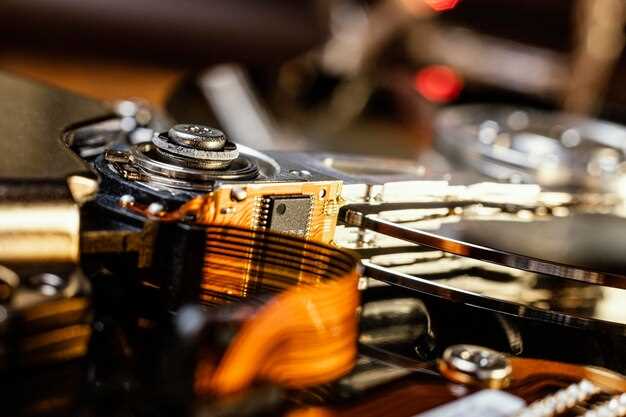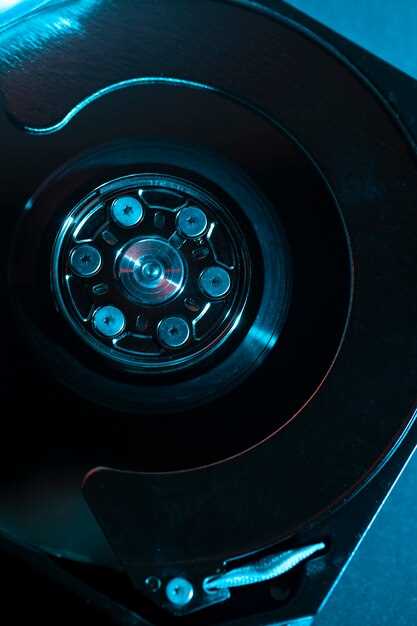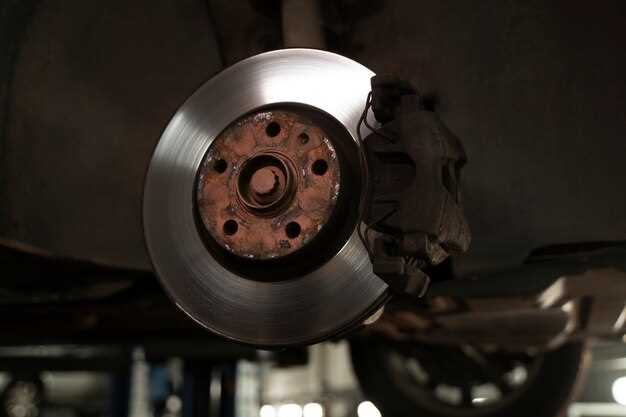
The evolution of braking systems in Japanese vintage cars has seen a remarkable transformation, particularly in the choice between brake drums and discs. Both systems have distinct characteristics that not only affect performance but also play a crucial role in the overall driving experience. Understanding the differences between these two braking mechanisms is essential for enthusiasts and restorers alike.
Brake drums were more common in older models, providing adequate stopping power for their time. They operate based on a design where brake shoes press against the inner surface of a rotating drum, creating friction. While effective, this system can suffer from issues like overheating, resulting in brake fade during intense use. In many Japanese vintage cars, these drums were favored for their simplicity and lower cost, making them a practical choice for mass production.
In contrast, disc brakes emerged as a response to the limitations of drums. Featuring a more modern design, disc brakes utilize a rotor that is clamped by brake pads, offering superior heat dissipation and improved stopping power. This revolutionary technology has been widely adopted in Japanese vintage cars produced later, enhancing performance and safety features. As car enthusiasts delve deeper into restoration projects, grasping the intricacies of brake systems becomes a vital aspect of preserving the driving heritage of these iconic vehicles.
Comparing Performance and Maintenance of Brake Drums vs. Discs

When it comes to braking systems in vintage Japanese cars, the choice between brake drums and discs has significant implications for both performance and maintenance. Each system has its distinct characteristics that influence driving dynamics and upkeep requirements.
Performance is a crucial factor in assessing brake systems. Brake discs are known for delivering superior stopping power and heat dissipation compared to drums. The design of discs allows for better airflow, reducing the likelihood of brake fade during extended use. This is particularly important in performance-oriented driving or when navigating mountainous terrain, where consistent braking is essential.
On the other hand, brake drums tend to provide adequate stopping power in low to moderate driving conditions. They are generally more efficient in compact vehicles, where weight is a crucial consideration. However, their performance can degrade under heavy load or in high-speed situations, making them less ideal for spirited driving enthusiasts.
Maintenance requirements also differ significantly between the two systems. Brake discs typically offer easier visibility and access during inspections, making it simpler to identify wear and damage. They often require periodic checks for warping or uneven wear, but the overall maintenance frequency tends to be lower than that of drums.
Conversely, brake drums can be challenging to service. Inspection requires removing the entire drum assembly, which may lead to increased labor time and costs. Additionally, drum brakes are more susceptible to wear from environmental elements, such as moisture and road debris, leading to more frequent maintenance needs.
In conclusion, while brake discs generally outperform drums in terms of braking efficiency and maintenance ease, the selection ultimately depends on the vintage car’s intended use and the owner’s preference. Enthusiasts looking for better performance are likely to favor discs, while those restoring classic models may retain original drum systems for authenticity purposes.
Identifying the Right Brake Type for Your Vintage Japanese Car Model

When it comes to vintage Japanese cars, understanding whether your model is equipped with brake discs or drums is crucial for proper maintenance and restoration. Each type has distinct characteristics that can significantly affect performance and reliability.
To identify the brake system, start by checking the wheel assembly. If your car features disc brakes, you will notice a round, flat metal disc mounted to the hub. The brake caliper, which houses the brake pads, will be visible as well. This setup allows for better heat dissipation and improved stopping power, particularly during high-speed driving or heavy use.
In contrast, drum brakes consist of a cylindrical drum that rotates with the wheel. Inside the drum are brake shoes that press against the inner surface to create friction. While drum brakes are often simpler and can be more effective in certain low-speed situations or applications, they tend to be less efficient than discs under heavy braking conditions.
Another factor to consider is the model year. Many classic Japanese cars from the late 1960s onward began to adopt disc brakes for the front wheels, which provided better safety and performance. However, older models might still utilize drum brakes both in the front and rear. Consulting your vehicle’s service manual or contacting a vintage car expert can provide additional clarity based on your specific model.
It’s also advisable to inspect the braking components regularly. Look for signs of wear, such as reduced braking effectiveness, unusual sounds, or vibrations during operation. Understanding the brake system type will guide you in sourcing the correct replacement parts, whether they are for disc pads or drum shoes, ensuring your vintage Japanese car remains safe and enjoyable to drive.
Upgrading Brake Components: Benefits and Considerations
Upgrading brake components in vintage Japanese cars can significantly enhance performance and safety. One of the main advantages of this upgrade is improved stopping power. Modern brake systems, whether they utilize drums or discs, often provide better heat dissipation and efficiency compared to older technologies.
When considering an upgrade, it’s essential to assess the type of braking system currently installed. Drum brakes, typically found in older models, may require full replacement with disc brakes for optimal performance gains. Upgrading to disc brakes can result in shorter stopping distances and reduced brake fade, particularly under heavy use.
Another critical factor is compatibility. Ensuring that new brake systems are compatible with existing components such as wheels and suspension is vital to maintain vehicle integrity and performance. This may involve evaluating or even modifying the car’s suspension to accommodate larger brake components.
Maintenance becomes more straightforward with modern brake technologies. Discs often require less frequent adjustments compared to drums, which can wear unevenly and require periodic servicing. This ease of maintenance can be a major selling point for enthusiasts looking to keep their vintage cars in top condition.
Cost is a significant consideration when upgrading. While the initial investment for high-quality disc brake systems may be higher than simply refurbishing drums, the long-term benefits in safety and maintenance savings can outweigh the upfront costs. Furthermore, performance upgrades can increase the value of vintage cars, making them more appealing to collectors.
In conclusion, upgrading brake components in vintage Japanese cars can provide substantial benefits in terms of performance, safety, and maintenance. Careful consideration of the existing braking system, compatibility, and costs is crucial for making informed decisions that enhance the vehicle’s overall driving experience.




